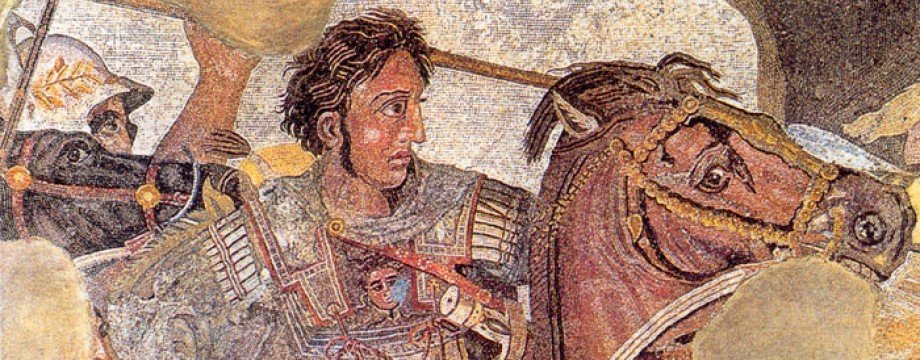Last Thursday, I visited the British Museum to hear Dr Sam Moorhead speak about the The Wilderness of Zin, which was published by the Palestine Exploration Fund (PEF) in 1915.
It’s authors were T E Lawrence and his (second, after D G Hogarth) boss at Carchemish, C L Woolley. The book’s purpose was to discuss the men’s search for evidence of the Israelites’ forty year sojourn in the wilderness of Zin (the Negev desert) after their flight from Egypt.
As it happened, Woolley and Lawrence found no proof of the Israelites’ presence there. To the best of my knowledge, no archaeologist ever has. Maybe the events depicted in the Old Testament are mythical or archaeologists are just digging in the wrong places or even the right places but wrong depth.
Whatever the answer, Woolley and Lawrence were not greatly incommoded by their failure. This is because their work was in fact a smokescreen. The real purpose of the expedition was to survey the desert on behalf of the War Office. This work was done by the third member of the party, Captain S F Newcombe.
The wilderness of Zin was in Ottoman territory, so had never been mapped before by the British. The reason why the War Office wanted - needed - it to be surveyed was because war was looming and Britain feared that the Ottoman empire might take up arms on the side of Germany.
If it did, Britain would need to know the lay of the land in order to defend her territory in Palestine (and, I should think, be able to attack the Ottoman’s?)
***
The PEF mission recalls to mind Derdas’ mission into Scythia in the summer of 329 B.C.
That year, Alexander reached the Tanais (aka Jaxartes) river in Sogdia. He was not in the best of health having suffered a broken leg fighting a Sogdian armed force that had massacred Macedonian foragers.
While he recovered from his injury, Alexander received a deputation of Scythians from the far side of the Tanais. Arrian calls them European Scythians as the country on that side of the river was believed to be part of Europe.
The Scythians came in peace, and Alexander made peace with them… for now. Once the meeting was over, he gave instructions to one of his Companions - Derdas - to accompany the Scythians back to their homes and, once there, to ‘conclude formally a pact of friendship’ with them.
This sounds all very reasonable and in keeping with Alexander’s policy of using diplomacy where possible in order to fulfil his objectives (recall how he tried to reach a diplomatic solution after Thebes’ rebellion in 335 B.C.).
However, Derdas also had a secret mission:
… to gather information about Scythia - its geographical peculiarities, the customs of its people, their numbers and military equipment.
Now why would Alexander want to know all that? I’m sure you’ve already guessed. Arrian spells it out. Alexander, he says, intended
… to found a city [i.e. Alexandria Eschate] on the Tanais… The site, he considered, was a good one; a settlement there would be likely to increase in size and importance, and would also serve both as an excellent base for a possible invasion of Scythia [as well as] a defensive position against raiding tribes from across the river. (my emphasis)
(Arrian IV.1)
***
Curtius repeats Arrian’s claim that Alexander founded Alexandria Eschate with a view to using it as both a barrier and springboard to invade Scythia (VII.6.13).
However, his account of Derdas’ mission is a little more aggressive than Arrian’s. According to Curtius, Derdas wasn’t sent over the river to conclude any pacts of friendship. Rather, he was sent to ‘warn [the European Scythians] not to cross the river Tanais without the king’s order’ (VII.6.12).
***
Derdas’ mission took nearly a year and he returned to Alexander in Spring 328 B.C. This reflects the length of time it took for Lawrence and Woolley to publish their report on their expedition to Zin.
After returning from Palestine, they had to work fast to write their report - the man in charge (?) of the expedition, Lord Kitchener, wanted it to be published ASAP in order to maintain the fiction that the expedition had been about the search for the Israelites.
Lawrence completed his contribution to the text before the end of 1914. By the end of the year he was working for the Arab Bureau in Cairo (under David Hogarth). As I understand it, Woolley completed the report and saw the book to the press before following in Lawrence’s footsteps to Egypt.
